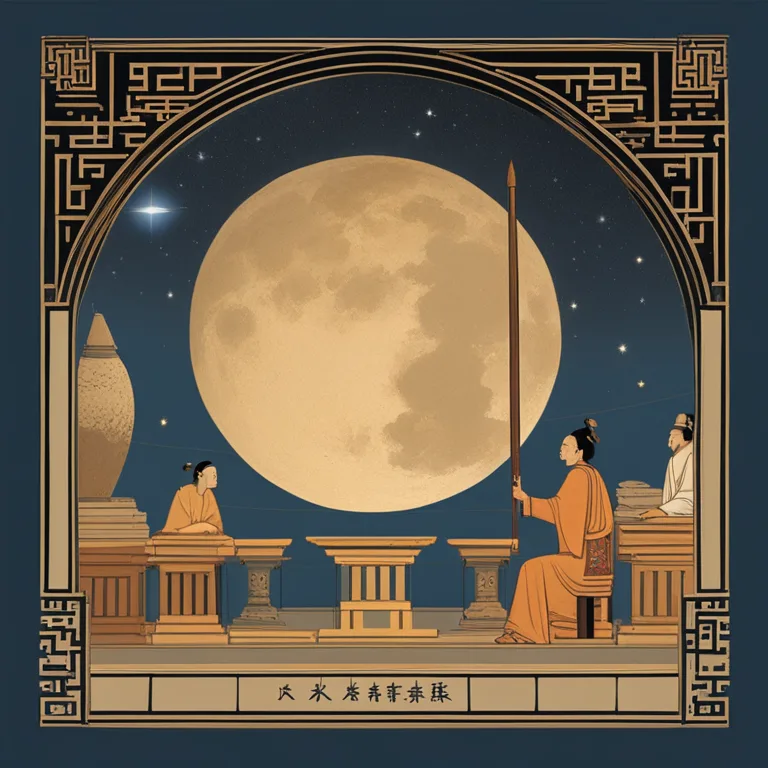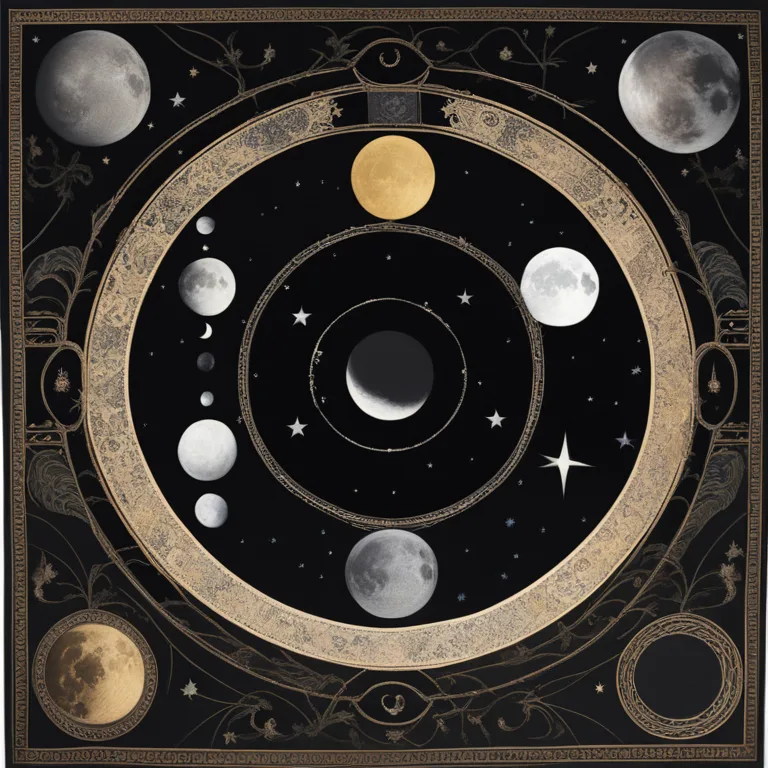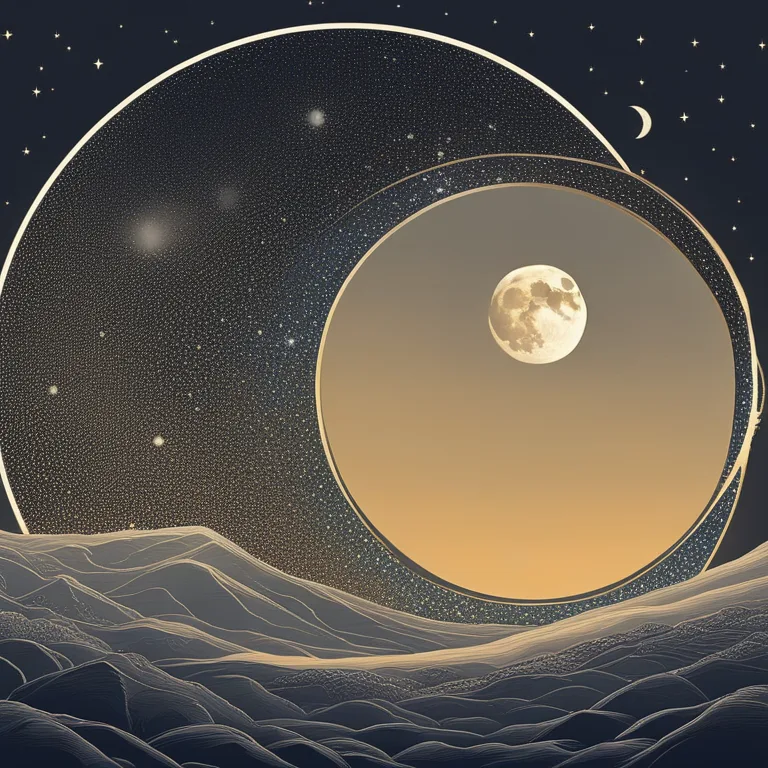
The Historical Significance of Moon Phases
Delve into the rich history of lunar phases and their importance in human culture, science, and astrology.
article by Priya Deshmukh
Mystical Beginnings
Long before the advent of modern science, ancient civilizations were already gazing skywards, attempting to understand the moon's changing visage. The phases of the moon held profound significance in their daily lives, governing agriculture, fertility, and even the concept of time. For these early peoples, the lunar cycle was a celestial clock and calendar, reminding them of the rhythmic order of the cosmos. As recorded on Babylonian clay tablets and in Egyptian hieroglyphs, the lunar phases were meticulously observed, with each phase imbued with its own set of meanings and implications for human affairs.

Astronomy's Foundation
The intellectual leap from mere observation to analytical study marked the birth of astronomy. Notable civilizations like the Greeks and Chinese contributed significantly to this field. The lunar phases were explained through increasingly sophisticated methods, and the periodicity of the moon became a subject of scientific inquiry. The philosopher Anaxagoras was one of the first to offer a rational explanation for eclipses, furthering humanity's collective understanding of the moon's influence both in the heavens and on Earth.

Astrology and Moon Phases
Astrology, the study of celestial bodies' influence on human affairs, holds moon phases in high regard. Each phase, from the New Moon's promise of beginnings to the Full Moon's illumination of truth, carries specific energy that astrologers interpret for guidance. As we move into 2024, these interpretations continue to guide individuals in personal growth, emotional understanding, and decision-making. Astrology readings based on moon phases consider the sign in which the moon resides, as this combination can elicit unique insights into upcoming trends and personal patterns.

The Moon in Cultural Rites
The moon's phases also find their place in various religious practices and cultural myths. Festivals like the Chinese Mid-Autumn Festival or the Hindu Karva Chauth revolve around the lunar cycle. In these celebrations, the moon's phase is not just a backdrop but a central character in the narrative, symbolizing union, prosperity, and the cyclical nature of life. They serve as a testament to how the lunar cycle has been inextricably woven into the fabric of human culture throughout history.

Scientific Studies and Lunar Cycles
In the modern era, the scientific investigations into the moon's phases have extended beyond mere observation to include their effects on the natural world. Biologists study the moon's influence on animal breeding cycles and migrations, while oceanographers measure its pull on the tides. This research illuminates the moon's profound impact on Earth and its inhabitants, fostering a deeper appreciation for the celestial dance we are all a part of.
Moon and Time Measurement
The historical function of the moon in measuring time persists even in the technological age. The Gregorian calendar, while solar-based, nods to the lunar legacy through the preservation of a roughly lunar month. Moon phases remain a natural timekeeper for those who look up and take note, linking us to our ancestors who relied on the moon's predictable cycle to organize their lives, long before digital calendars and clocks usurped the moon's role.
Published: 12/22/2023
Modified: 12/22/2023
More predictions
Come back here soon to learn more about yourself and your future


All Phases of the Moon: A Guide
Delve into the lunar cycle’s key stages. This article elucidates the distinct phases of the moon and their significance.


The Phases of the Moon: A Full Guide
Discover the different phases of the Moon and their significance in our celestial calendar.


Daily Insights & Numerology
Tap into the numerology of today to guide your path and daily decisions with tailored insights based on numerological analysis.